Warm-Up Discussion
- Use illustrations to support discussion. Record student responses on butcher’s paper.
- Do you remember what materials they used to build the boat?
- What parts did their boat have?
- Use illustrations to support discussion. Record student responses on butcher’s paper.
Second Read – Focus on Details
Tell students: “This time, as I read the story again, I want you to help me look closely at the boat. We’re going to notice the different parts and the materials they used to make it.”
Pause at key pages and ask:
Can you see any parts of the boat here?
What material did they use?
Record student ideas on the class chart under ‘Parts’ and ‘Materials’.
Class Discussion – Personal Connections
What does this boat remind you of?
Do you like the boat they made? Why or why not?
If you made your own boat, what would it look like?
Activity – Design Your Own Boat
Students complete the Design-a-Boat worksheet. They draw and label their boat and describe the materials they would use.
[T4R] Let’s Build a Boat: L3 Making Connections
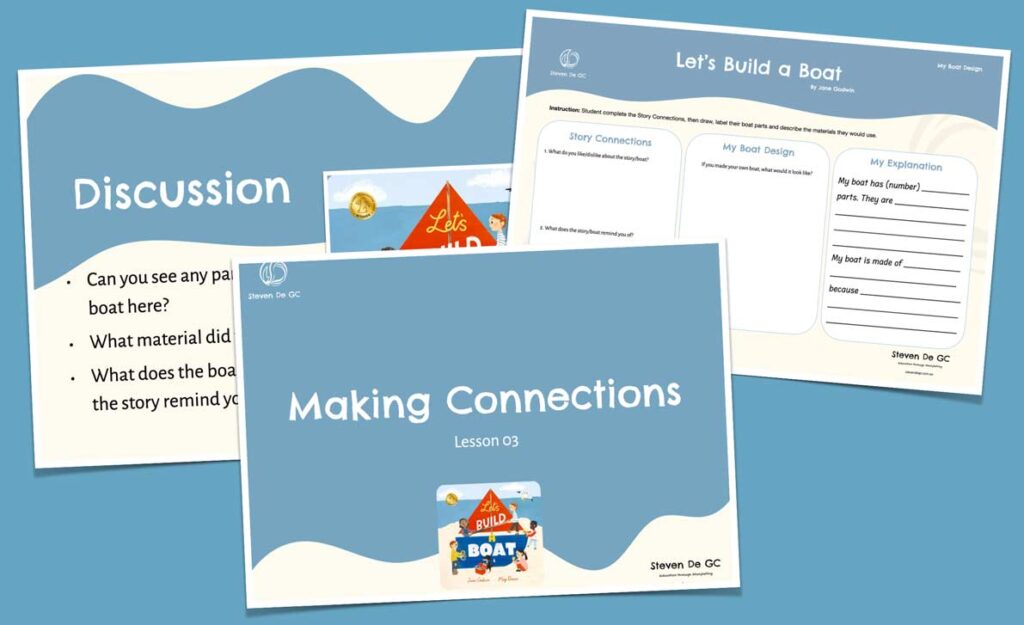
The Book
Let’s Build A Boat
Written by Jane Godwin, illustrated by Meg Rennie, published by Little Hare Books
This inspiring picture book celebrates teamwork, creativity, and determination. As a group of children come together to build a boat for their picnic on an island, the story naturally lends itself to discussions about the purpose of a boat in general and context of the text (AC9TDE2K01 – Years 1 and 2, Design and Technologies). The story also highlights the importance of preparation before they begin (AC9TDE2P01 – Years 1 and 2, Design and Technologies), innovation and problem-solving when they face the challenge at sea (AC9TDE2P03 – Years 1 and 2, Design and Technologies).
Throughout their journey, they experience challenges and moments of joy, allowing students to reflect on how they manage emotions in different situations (AC9HP2P03 – Years 1 and 2, Health and Physical Education). The story also supports children in understanding how teamwork, resilience, and problem-solving help them to achieve shared goals (AC9HP2P01 – Years 1 and 2, Health and Physical Education).
Let’s Build a Boat is a perfect launchpad for hands-on STEM or creative projects, as well as social-emotional learning discussions around collaboration, effort, and celebrating differences.
Resource creator
Steven Huynh
Description
In this lesson, students deepen their connection to the text by looking closely at the boat the characters build and reflecting on their own ideas. As they revisit the story, students identify boat parts and materials directly from the illustrations and contribute to a class chart. They then apply their learning through a drawing and description task that invites them to design their own boat.
Learning Intentions
• We are learning to respond to a text.
Successful Criteria
• I can look closely at the pictures and notice parts of the boat.
• I can say what the boat reminds me of.
• I can design my own boat and choose materials to describe it.
Curriculum Alignment
AC9E1LA02 9.0 (English Language and Literacy Year 1): Explore language to provide reasons for likes, dislikes and preferences
• using words including “because” to introduce reasons for likes, dislikes and preferences
• exploring comparative words (adjectives) to express the degree of preference; for example, “better”, “faster”
AC9E1LA08 9.0 (English Language and Literacy Year 1): Compare how images in different types of texts contribute to meaning
• comparing images from texts where images of the same subject are represented differently; for example, a cartoon image of an animal, a photograph of an animal and a digital image of an animal in an advertisement
• understanding how authors and illustrators build up meaning across a sequence of images
• understanding that some images convey meaning that is not included in the accompanying written text; for example, a diagram shows information about how parts of a plant are connected, which is not explained in the print text
• exploring images in stories and cultural accounts by First Nations Australian authors and discussing the impact this may have
AC9E1LE02 9.0 (English Language and Literacy Year 1): Discuss literary texts and share responses by making connections with students’ own experiences
• generating questions about characters, settings and events from books and sharing responses
• discussing different texts and offering opinions about how they reflect their own experiences
• expressing responses to characters and events in stories using drawing and role-play
• identifying who is telling the story in different texts
AC9E1LY05 9.0 (English Language and Literacy Year 1): Use comprehension strategies such as visualising, predicting, connecting, summarising and questioning when listening, viewing and reading to build literal and inferred meaning by drawing on vocabulary and growing knowledge of context
• identifying information and details from spoken informative texts
• building topic knowledge and learning new vocabulary before and during reading
• making predictions from the cover, from illustrations and at points in the text before reading on, and confirming and adjusting understanding after reading
• drawing inferences and explaining inferences using clues from the text
• making connections with existing knowledge and personal experiences
AC9E2LA02 9.0 (English Language and Literacy Year 2): Explore how language can be used for appreciating texts and providing reasons for preferences
• exploring how language is used to appreciate texts using more precise vocabulary; for example, “I liked how the author described the setting because …”
• exploring verbs used to express degree of preference; for example, “liked”, “preferred”, “enjoyed”
• identifying First Nations Australian language words specific to Country/Place that help the reader to be specific when appreciating the setting in a text
AC9E2LA08 9.0 (English Language and Literacy Year 2): Understand that images add to or multiply the meanings of a text
• identifying images and graphics in a text that add ideas or information not included in the written text; for example, a map or table in a factual text or an illustration in a story, which gives clues about the setting
• identifying visual representations of characters’ actions, reactions, speech and thought processes in narratives, and considering how these images add to or multiply the meaning of accompanying words
AC9E2LE02 9.0 (English Language and Literacy Year 2): Identify features of literary texts, such as characters and settings, and give reasons for personal preferences
• discussing preferences for stories set in familiar or unfamiliar worlds, or about characters whose lives are like or unlike their own
• discussing their feelings about the positive and negative behaviours of non-human characters, such as animals
AC9E2LY05 9.0 (English Language and Literacy Year 2): Use comprehension strategies such as visualising, predicting, connecting, summarising, monitoring and questioning to build literal and inferred meaning
• listening for specific information and providing key facts or points from an informative or persuasive text
• listening and responding to detailed instructions
• integrating information from print, images and prior knowledge to make supportable inferences
• identifying the main idea of a text
• predicting vocabulary that is likely to be in a text, based on the topic and the purpose of the text; for example, predicting that “station” and “arrive” would be in a text recounting a train journey
• using prior knowledge to make and confirm predictions when reading a text
• using graphic organisers to represent the connections between characters, order of events or sequence of information
AC9TDE2P01 9.0 (Design and Technologies Year 1, Year 2): Generate and communicate design ideas through describing, drawing or modelling, including using digital tools
• comparing and contrasting features of existing products to develop new ideas, for example designing and making a puppet with a movable part after experimenting with other toys with several movable parts
• communicating design ideas by modelling or producing and labelling 2-dimensional drawings using a range of technologies, for example designing a new environment such as a cubbyhouse or animal shelter and showing different views (top view and side view) with descriptions of materials and features
• communicating an opinion about their design ideas, for example expressing own likes and dislikes about a design idea for felt finger puppets including how they have made changes to their design ideas
• describing the results from exploring design ideas, for example recording the results from people taste-testing a food product
Materials
- Let’s Build a Boat by Jane Godwin
- Butcher’s paper labelled: How to Make a Good Boat (with columns for Parts and Materials)
- Design-a-Boat worksheet
- Crayons, pencils
- Optional: reference images of boats
Instructions
Extensions
- Boat Gallery Walk: Students view each other’s boat designs. Encourage them to share what they liked about someone else’s boat using the prompt: “I like how ___ used ___ because…”
Downloads
| Free Version | Paid Version | |
|---|---|---|
| Material contents | Limited | Full access |
| Instructions | Not included | Included |
| Redownloads | 5 per download | Unlimited |
| Download | FREE DOWNLOAD | BUY WITH |

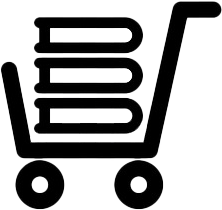
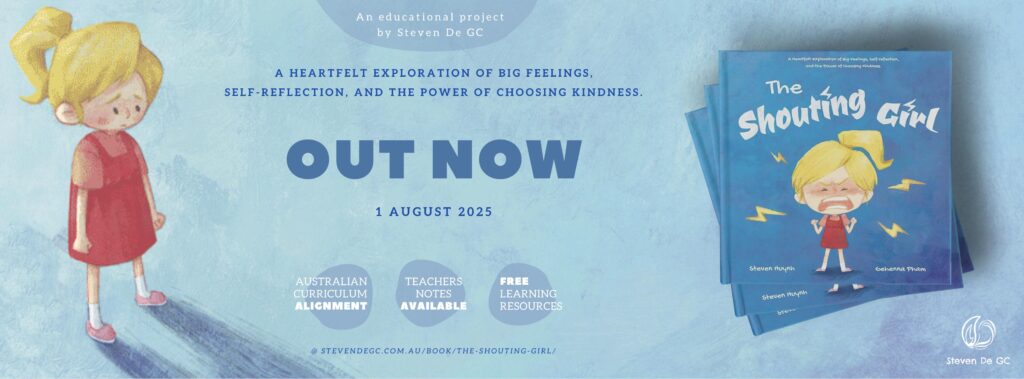
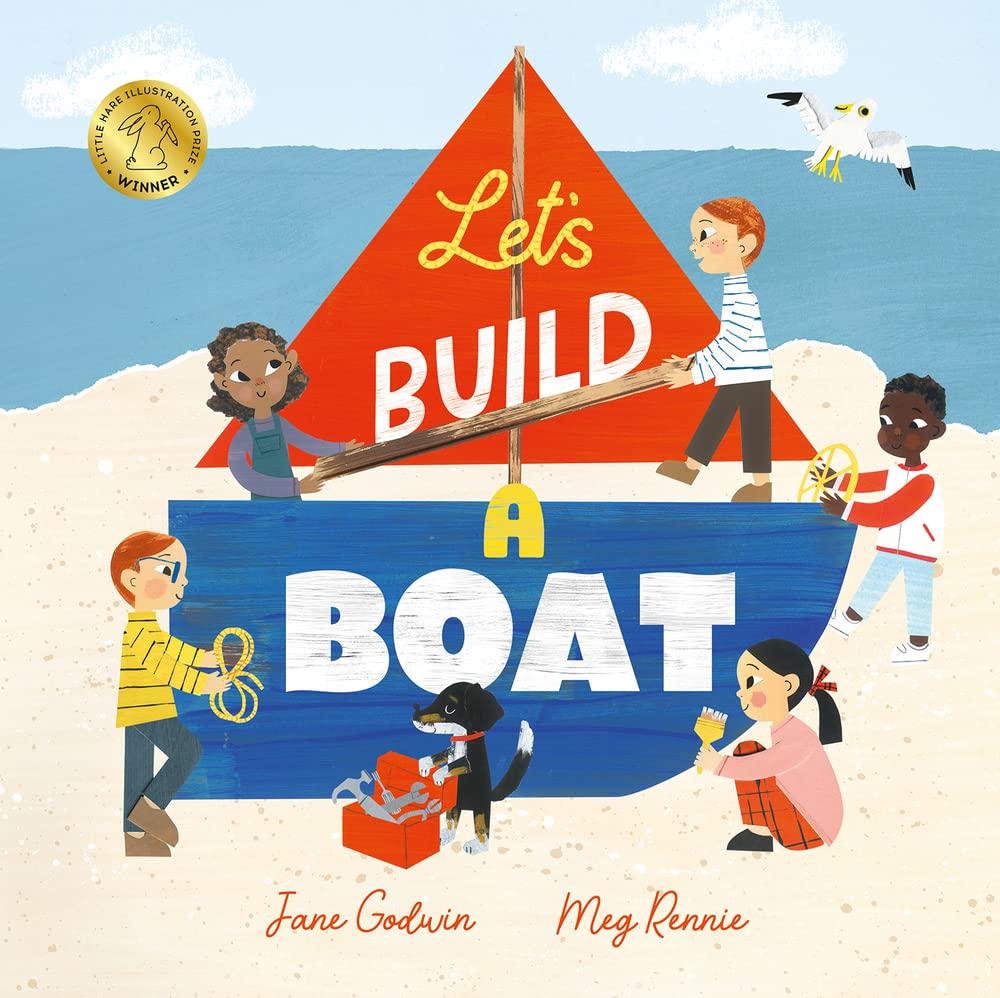
![[T4R] Let’s Build a Boat Reading/Design Unit for Year 1/2 [T4R] Let’s Build a Boat Reading/Design Unit for Year 1/2](https://stevendegc.com.au/wp-content/uploads/2025/05/LetsBuildaBoat-T4R-Overview-Cover-1024x626.jpg)
![[T4R] Let’s Build a Boat: L11 Evaluation and Reflection [T4R] Let’s Build a Boat: L11 Evaluation and Reflection](https://stevendegc.com.au/wp-content/uploads/2025/05/LetsBuildaBoat-T4R-Lesson11-Cover-1024x626.jpg)
![[T4R] Let’s Build a Boat: L10 Summarising [T4R] Let’s Build a Boat: L10 Summarising](https://stevendegc.com.au/wp-content/uploads/2025/05/LetsBuildaBoat-T4R-Lesson10-Cover-1024x626.jpg)
![[T4R] Let’s Build a Boat: L9 Making Inferences [T4R] Let’s Build a Boat: L9 Making Inferences](https://stevendegc.com.au/wp-content/uploads/2025/05/LetsBuildaBoat-T4R-Lesson9-Cover-1024x625.jpg)
![[T4R] Let’s Build a Boat: L6 Writing a Boat-making Procedure [T4R] Let’s Build a Boat: L6 Writing a Boat-making Procedure](https://stevendegc.com.au/wp-content/uploads/2025/05/LetsBuildaBoat-T4R-Lesson6-Cover-1024x626.jpg)
![[T4R] Let’s Build a Boat: L5 Connecting to a Different Text [T4R] Let’s Build a Boat: L5 Connecting to a Different Text](https://stevendegc.com.au/wp-content/uploads/2025/05/LetsBuildaBoat-T4R-Lesson5-Cover-1024x626.jpg)
![[T4R] Let’s Build a Boat: L4 Literal Retrieval [T4R] Let’s Build a Boat: L4 Literal Retrieval](https://stevendegc.com.au/wp-content/uploads/2025/05/LetsBuildaBoat-T4R-Lesson4-Cover-1024x626.jpg)
![[T4R] Let’s Build a Boat: L2 Making Predictions [T4R] Let’s Build a Boat: L2 Making Predictions](https://stevendegc.com.au/wp-content/uploads/2025/05/LetsBuildaBoat-T4R-L2-Cover-1024x627.jpg)
![[T4R] Let’s Build a Boat: L1 Background Knowledge [T4R] Let’s Build a Boat: L1 Background Knowledge](https://stevendegc.com.au/wp-content/uploads/2025/05/LetsBuildaBoat-T4R-L1-Cover-1024x626.jpg)
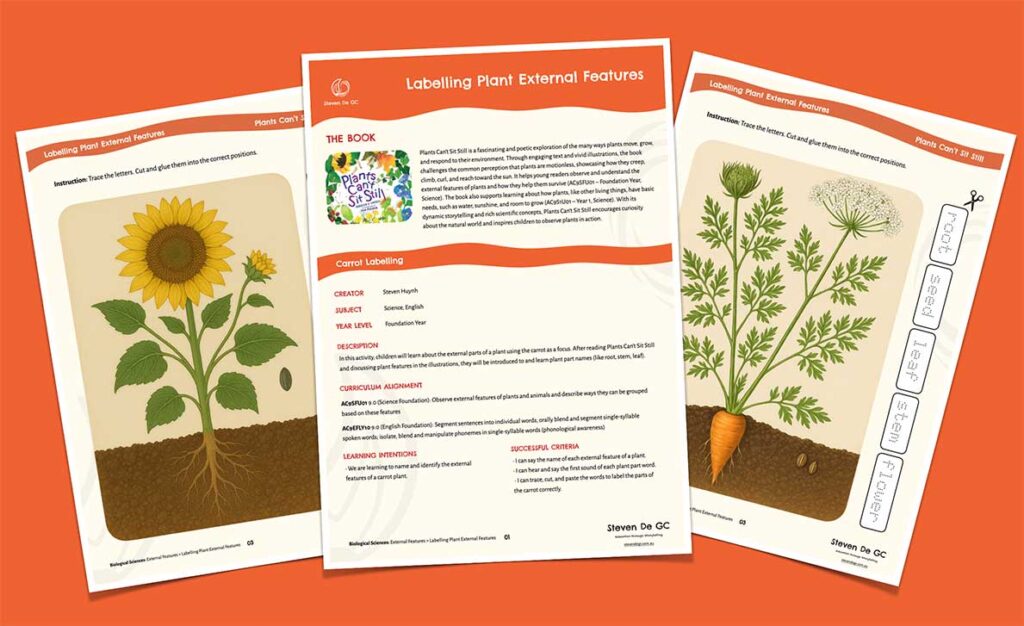
![[T4R] A Family is a Family is a Family: L6 Reflecting and Evaluating [T4R] A Family is a Family is a Family: L6 Reflecting and Evaluating](https://stevendegc.com.au/wp-content/uploads/2025/03/T4R-A-Family-is-a-Family-L6-Cover-1024x627.jpg)
Leave a Reply